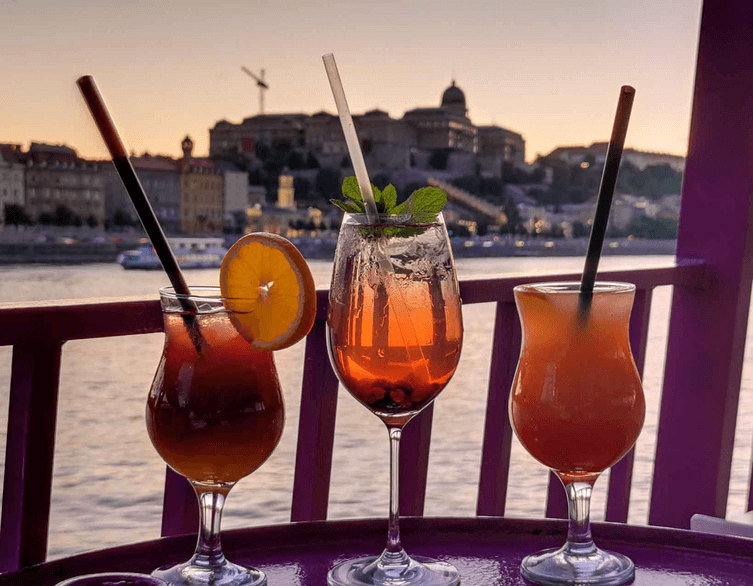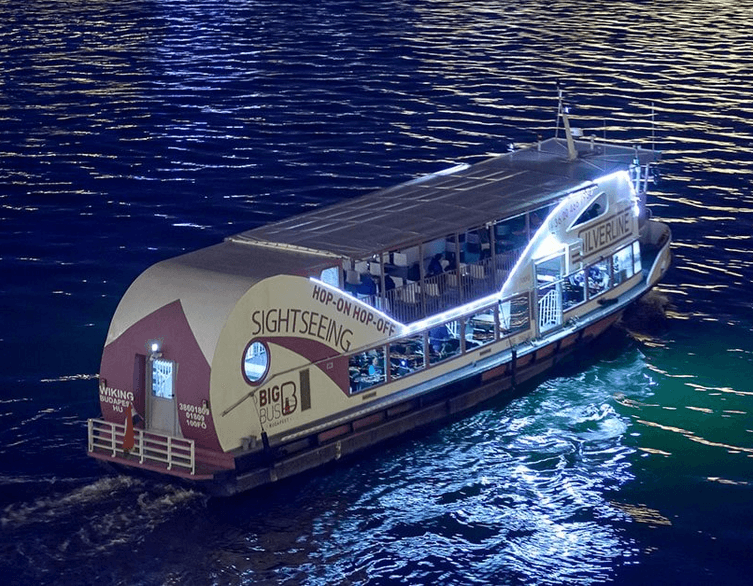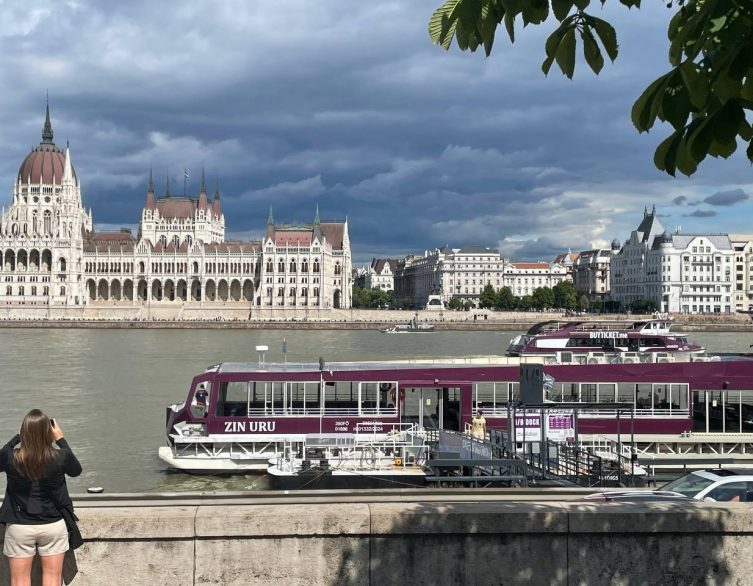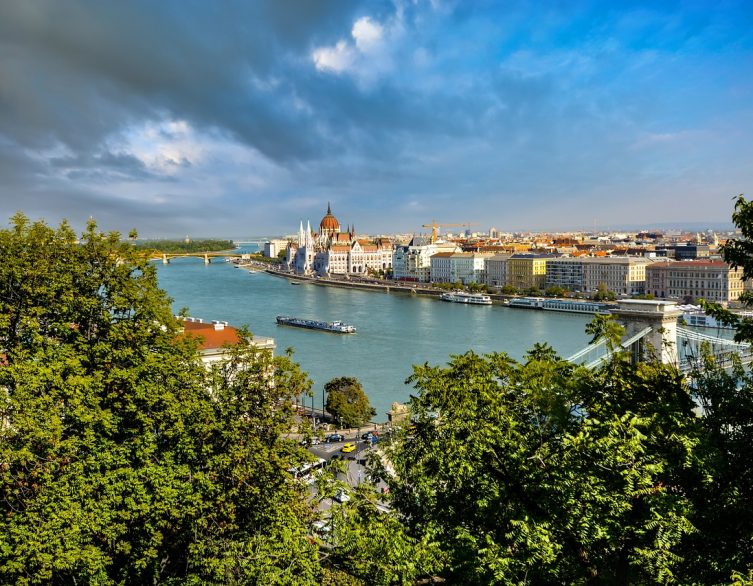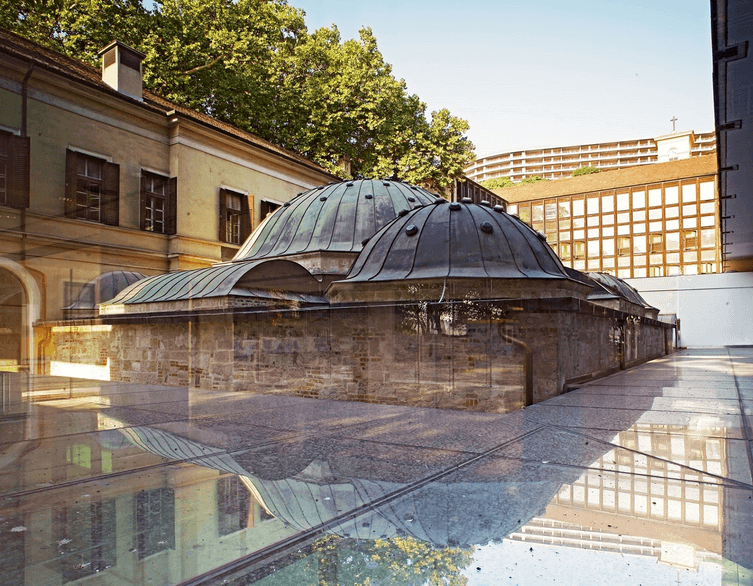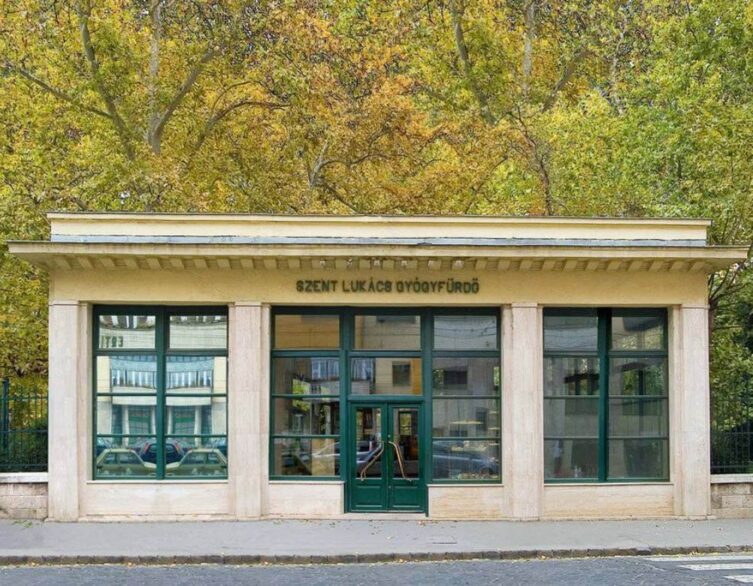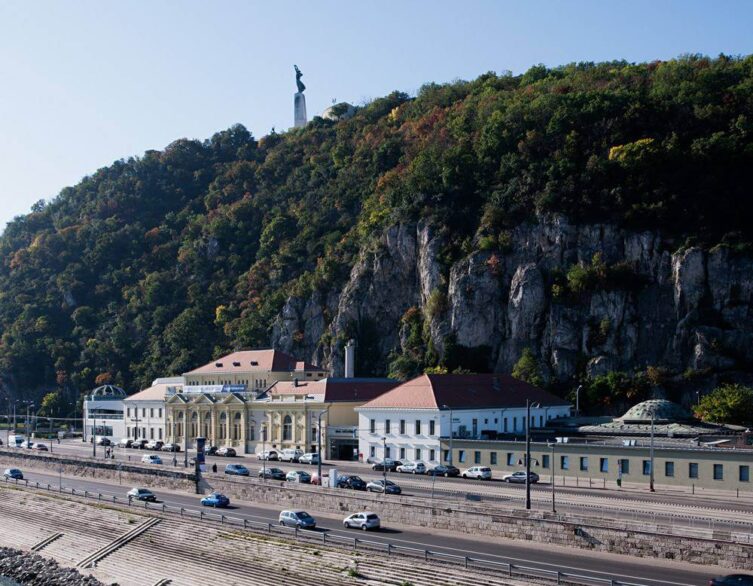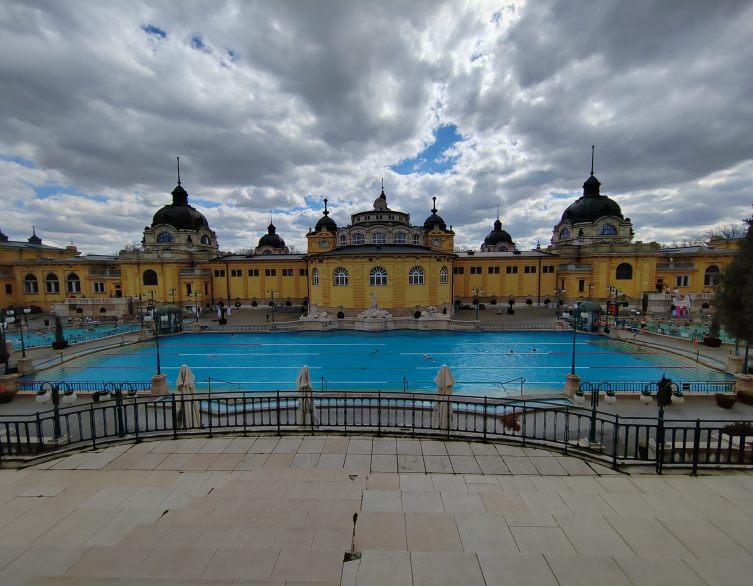Budapest’s Healing Waters: Your Stress-Busting Guide to Hungary’s Thermal Treasures
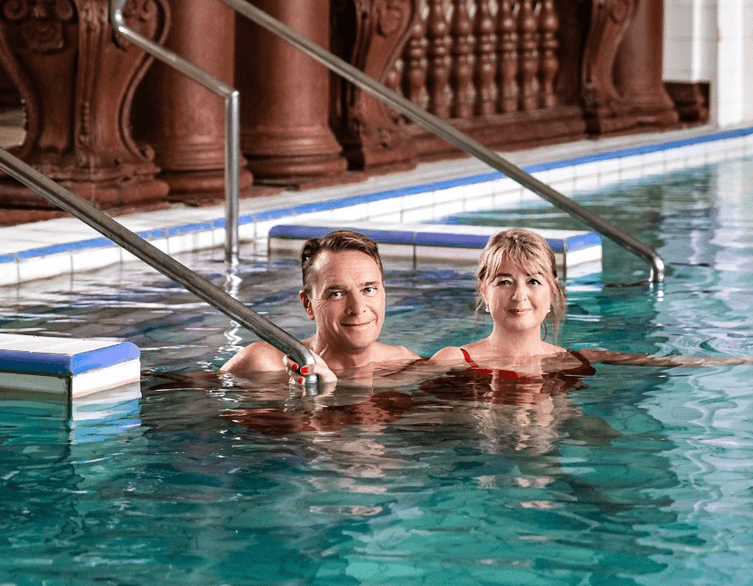
So, you’ve made it to Budapest – congratulations! You’re about to discover one of the world’s best-kept secrets for melting away stress and rejuvenating both body and soul. While other tourists are busy taking selfies at the Parliament building, you’re about to dive deep (literally) into the therapeutic wonders that have been bubbling beneath this magnificent city for centuries.
Why Budapest’s Waters Are Your Stress-Busting Best Friend
Let’s be honest – traveling can be stressful, and modern life doesn’t exactly hit the pause button just because you’re on vacation. The good news? You’ve landed in the thermal bath capital of the world, where stress goes to die a slow, relaxing death.
The secret isn’t just in the warm, inviting waters (though that 35-36°C temperature is absolutely perfect for human comfort). It’s the unique mineral cocktail that Mother Nature has been brewing underground for thousands of years. These aren’t just fancy swimming pools – they’re liquid medicine cabinets that work their magic through your skin and lungs.
When you slip into these healing waters, something beautiful happens. The buoyancy takes the weight off your joints and spine, giving you that weightless feeling that instantly signals to your brain: “Hey, we can relax now.” Meanwhile, the minerals are getting to work, improving circulation, loosening tight muscles, and whispering sweet nothings to your nervous system.
The Science Behind the Soak
Here’s where it gets fascinating (and a bit nerdy, but bear with us). Hungarian researchers have discovered that these mineral-rich waters don’t just feel good – they actually change your body chemistry. The minerals absorb through your skin and even through your lungs as you breathe in the therapeutic vapors hovering above the water surface.
What’s truly amazing is that the benefits don’t stop when you towel off. Studies have shown that certain minerals, particularly sulfur, actually get stored in your skin and continue releasing their healing properties for days or even weeks after your soak. It’s like getting a slow-release stress medicine that keeps working long after you’ve left the spa.
Iodine-Bromine Waters: Nature’s Chill Pills
If you’re the type who lies awake at night replaying every awkward conversation from the past decade, iodine-bromine thermal waters are about to become your new best friend. These waters contain bromine, which acts as a natural sedative – think of it as nature’s way of telling your nervous system to take a chill pill.
The iodine component is equally impressive. Hungary’s drinking water is notoriously low in iodine (about 80% of the country doesn’t get enough), so soaking in iodine-rich waters helps balance your thyroid function. And a happy thyroid equals better stress tolerance and improved overall mood.
The Gellért Thermal Bath is a prime example, containing 0.7 mg/liter of iodine and 1.3 mg/liter of bromine. While these numbers might not sound impressive, they’re perfectly calibrated for therapeutic benefit without overdoing it. The ornate Art Nouveau setting doesn’t hurt either – it’s hard to stay stressed when you’re soaking in what feels like a palatial Roman bathhouse.
Magnesium-Rich Waters: Your Muscle’s Best Friend
Ever notice how stress seems to live in your shoulders and neck? That’s where magnesium-rich thermal waters come to the rescue. Magnesium deficiency is incredibly common and often manifests as muscle tension, irritability, and sleep problems – basically, everything that makes travel stress worse.
While scientists still debate exactly how much magnesium absorbs through the skin during bathing, countless visitors swear by the muscle-relaxing effects. The good news is that most Hungarian thermal waters naturally contain significant amounts of magnesium, so you’re covered wherever you choose to soak. However, if you want to make the most of your well-deserved chill-time, head to the Veli Bej Turkish Baths, a cosy little bath with a hard limit (80 people at most) of how many fellow relaxers you would have to share the pools with.
Best deals of Budapest
Radon Waters: The Gentle Giant
Before you panic at the word “radioactive,” hear us out. The radon in Budapest’s thermal waters is present in tiny, therapeutic doses that have been safely used for healing for over a century. This noble gas has remarkable anti-inflammatory properties and can help reduce chronic pain – and when pain decreases, stress naturally follows suit.
Both the Gellért and Rudas baths contain radon in their waters. The Rudas, with its historic Turkish architecture and candlelit evening sessions, offers an almost mystical bathing experience that transports you far from the stresses of modern life.
Sulfur Springs: The Long-Term Investment
The sulfur-rich waters scattered throughout Budapest’s thermal landscape offer perhaps the most fascinating therapeutic mechanism of all. Unlike other minerals that wash off when you shower, sulfur gets stored in your skin layers and continues working its anti-inflammatory magic for weeks after your visit.
The Széchenyi Thermal Bath contains 1.21 mg/liter of sulfur, while the Lukács Bath offers 1 mg/liter. These concentrations might seem modest, but remember – with sulfur, a little goes a long way, and the effects compound over time.
The Art of Thermal Bathing: Timing Is Everything
Here’s where many first-time visitors go wrong – they think more is always better. In reality, thermal bathing is more like taking medicine: the right dose at the right time produces optimal results, while too much can actually work against you.
Hungarian thermal bath regulations require posted maximum bathing times for good reason. Typically, 20-30 minutes per session is the sweet spot. This gives your body enough time to absorb the beneficial minerals without overwhelming your system or causing “thermal fatigue” – that dizzy, exhausted feeling that comes from overexposure to mineral-rich hot water.
The secret to maximizing your thermal experience is working in cycles. Soak for 20-30 minutes, then take a break in cooler water or relax poolside. This allows your body to process the minerals while giving your cardiovascular system a chance to reset. You can repeat this cycle multiple times throughout the day.
Your Thermal Adventure Awaits
Budapest’s thermal baths aren’t just tourist attractions – they’re legitimate wellness destinations that have been perfecting the art of stress relief for over 2,000 years. Whether you choose the grand elegance of Gellért, the historic ambiance of Rudas, the expansive offerings of Széchenyi, or the intimate charm of Lukács, you’re tapping into a healing tradition that predates modern medicine.
The beauty of thermal bathing lies in its simplicity. You don’t need to understand the complex chemistry or memorize mineral concentrations. You just need to show up, slip into the warm embrace of these ancient waters, and let thousands of years of geological alchemy work its magic on your modern stress.
Remember, there’s no single “best” thermal water for everyone. Your body will tell you what it needs – some people gravitate toward the sedative effects of bromine-rich waters, others prefer the muscle-relaxing properties of magnesium-rich springs, and still others find their peace in the anti-inflammatory embrace of sulfur waters.
The most important thing is to listen to your body, respect the recommended bathing times, and prepare for an experience that will leave you feeling renewed, refreshed, and wondering why the rest of the world hasn’t figured out this whole thermal bathing thing yet. Trust us – by the time you leave Budapest, you’ll be planning your next thermal vacation before your current one is even over.
Related news
Related attractions
















